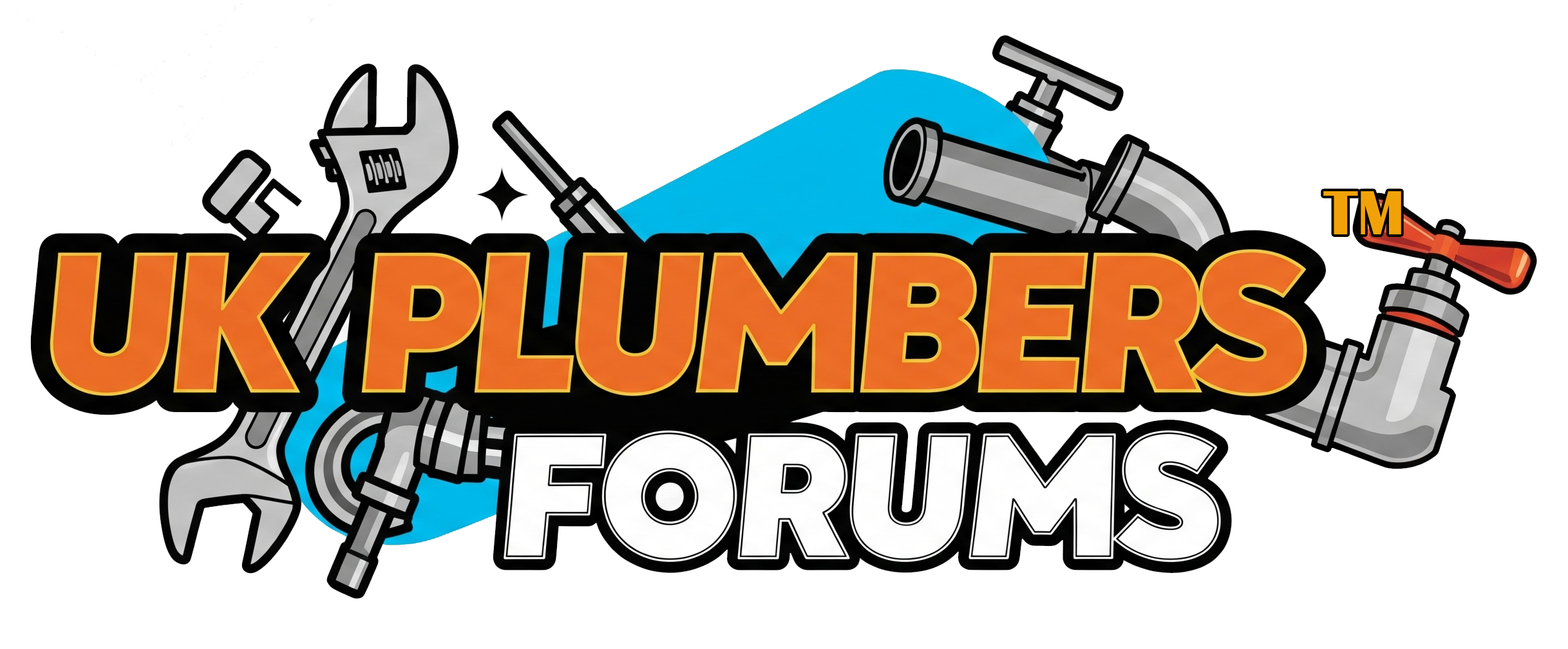right this is where I am confused,
If you can see the pipe installation, you add 0.5 metres for every fitting,
yet you add 10% for each fitting on installation volume.
so if a length of 22mm pipe is 5 metres with 3 elbows, your actual length is 6.5 metres
Installation volume = 6.5 x 0.00032 = 0.00208
or Installation volume = 5 x 0.00032 = 0.0016 + 10% = 0.00016 = 0.00176
do you add 0.5m and add 10% or only add 10% if you can't see the fittings?
and if you cant see the fittings do you add anything to the pipe sizes? or do you leave as they are?
You are indeed getting confused. 2 totally different things.
The 10% only applies to working out installation
VOLUME. This is in regards to your purge volume.
The 0.5m is the length of pipework you add for each fitting (0.3m for a pulled bend) when working out the
PRESSURE LOSS for sizing pipework. This pressure loss should not exceed 1mb from the meter to the appliance. The longer the pipe and the more fittings on it the greater the loss of pressure on the gas flow will be.
I'll use your example of 5m of 22mm pipe and 3 elbows.
PIPE SIZING
3 elbows have an equivalent pipe length (EL) of 1.5m so you need to check you can get the amount of gas yo need for the appliance through the pipe size you have without more than 1mb of pressure loss. are based on a straight length of pipe 6.5m long. You look up a table and see how much gas can flow through 6.5m of 22mm pipe and see it goes up in 3m intervals so look at the amount of gas that can flow through 9m of pipe and the table says 4.6m3/hr. If your appliance needs less than 4.6m3/hr the pipe size is fine.
There is a way to work out the pressure exact but don't worry about that for now. It will confuse you even more. Get this bit in your head first.
INSTALLATION VOLUME
The installation volume is the amount of gas inside the pipes, fittings and meter.
On a pipe this length experience would tell you you don't need to bother calculating anything as it will be well under 0.02m3. You would just purge 0.01m3 (5 times the badged capacity or cyclic volume whatever you prefer to call it) but this is how it is worked out.
Use the formula IVt(total volume) = IVm(the meter) + IVp(the pipes) + Ivf(the fittings which you count as 10% of the volume of the pipe)
So
IVt = 0.008 (U6 meter) + (5 x 0.00032)(the pipe) + (5 x 0.00032 x 0.1)(10% of the pipe)
IVt = 0.008 + 0.0016 + 0.00016 = 0.00976m3 so it is just a std 0.01m3 purge.


